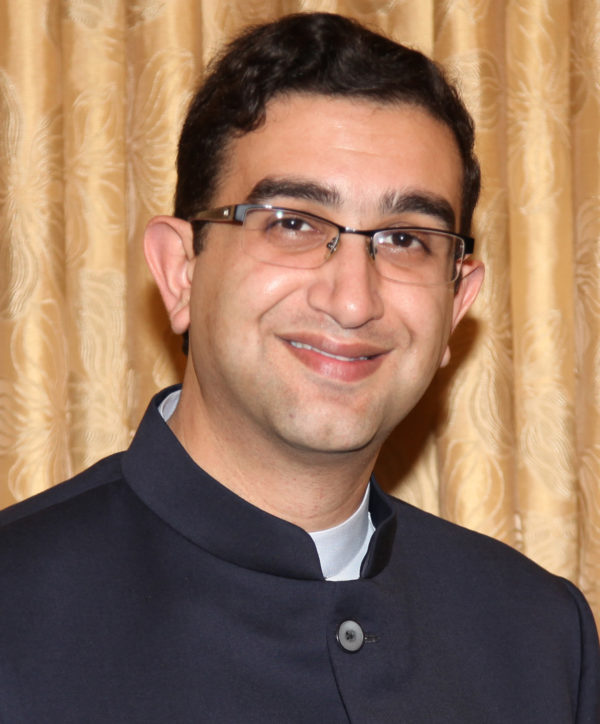Dadabhai Naoroji: India’s First Economic Reformer?
7th April 2022
14 min read
by Dinyar Patel
Table Of Contents
Back To Top
Authors

Dinyar Patel
Assistant Professor and Author
Dinyar Patel is Assistant Professor of History at the S.P. Jain Institute of Management and Research (SPJIMR) in Mumbai and author of Naoroji: Pioneer of Indian Nationalism (Harvard University Press).
